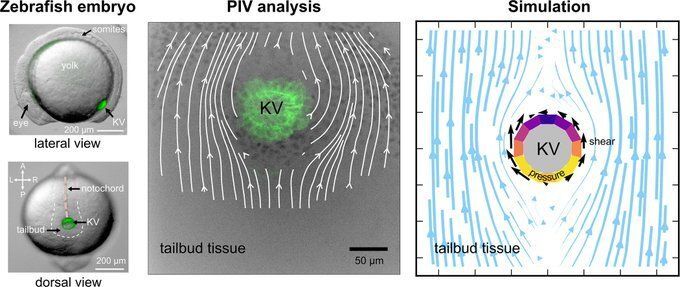epithelial mechanics fan club
@epimechfc.bsky.social
1.7K followers
220 following
750 posts
📚 We're your source for papers on various #EpithelialMechanics topics 🔍 & platform to share your research and passion 🧫🔬
Like to write a thread? Please DM us!
💬 @onenimesa.bsky.social & @juliaeckert.bsky.social
👉 https://epithelialmechanics.github.io
Posts
Media
Videos
Starter Packs
Pinned
Reposted by epithelial mechanics fan club

















